Today alone I have viewed and personally graded 6 diamonds. All 6 were certified, and by well known labs – GIA, EGL-USA, EGL-International, and IGI. When I came across the third diamond that had a questionable grade on the certification, I decided it was time to write a blog.
The subject of diamond grading is one that has been chewed over by the diamond industry since people started to value diamonds. There needed to be a consistent and universal way to communicate the difference in color, clarity, and therefore value of diamonds. The GIA Grading Scale, which standardized diamond grading, was created in the early 1950’s. So for roughly 60 years the diamond industry has been “on the same page” when it comes to grading, or so we thought.
Recently a survey was completed by Rapaport (the company that creates the Price Worksheet for Diamond Pricing) in which diamonds were sent to different labs for certification to compare the grading standards. The survey found that grading opinions could differ as much as 3 color grades. In the diamond market, that could mean the difference of a few thousand, to a few million dollars depending on the diamond.
This is clearly an unacceptable discovery that greatly impacts consumer confidence in the diamond industry. These different standards and inconsistencies in grading make the industry weak and unreliable from a consumer standpoint. Quite frankly, it is also embarrassing from an industry standpoint that we need to even have this conversation and dialogue. Consumers tend to trust their jewelers, and often times are misguided into a purchase that may not be as high quality as they are lead to believe.
Consider this; a jeweler presents two diamonds to a client: one is a GIA graded J color, the other is an EGLgraded G color. The GIA certified diamond carries a price tag higher than the EGL certified one, and has (to the consumer’s knowledge) a lower color grade. The difference in color, and therefore true value, would not be known by the consumer unless they go to sell this diamond, and are now told that the EGL certification they have was not accurate.
Labs are not speaking the same language if one lab’s E is another lab’s J –and jewelers are not doing a strong enough job at protecting clients from this kind of discrepancy. GIA has started to take steps to use devices available to help in color grading diamonds as a reflection of how important consumer confidence is to them. It is time we tried to move away from subjective diamond grading and move towards a system that is more objectiveand much more consistent. A machine cannot be bribed, does not get tired after grading too many diamonds, and has no motive to adjust a grade. Perhaps it is time these machines became widely used, and more accountability is placed on labs that tend to be softer in their grading techniques.
For consumers, the best way to be confident in your purchase is to only purchase a diamond that has been certified through GIA, and not from another lab. That is the only true way to help guarantee that the diamond has the characteristics that are described.
There is no doubt that there are good labs, and as long as we are relying on the opinion of a human, there will be mistakes. It is vital to know the good labs from the bad, and the difficulty lies within the fact that consumers do not know the difference. They rely on the professionals within the industry to guide them. MJ Gabel will always give free advice, and assist in any way we can to help a client make the most informed purchase. It seems like the is the most common thing I say, but it is the ultimate truth: the best advise I can give to a consumer is to do your research, get a second opinion, and consider a free consultation – the most it will cost you is a few moments of your time.






